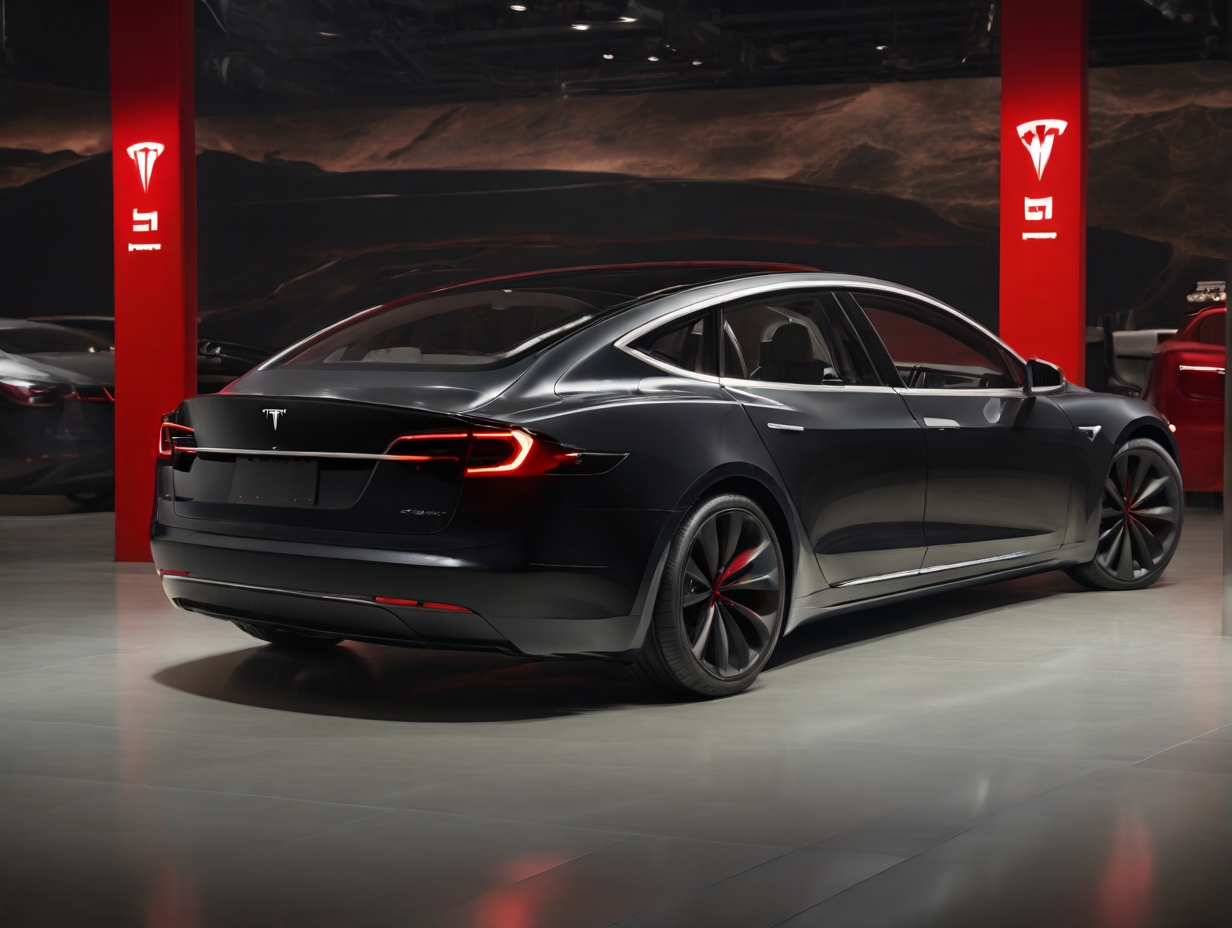Tesla amended the comment on its China app on Monday to be “very soon” rather than “a bit later” as suggested. This change follows speculation that the US company had received a conditional right to apply its ADAS solutions in what is undoubtedly the best electric cars market worldwide. This process was completed during Elon Musk’s rather unexpected visit to Beijing.
The battle for autonomous driving supremacy
Customers have generally disparaged the possible paradigm change coming to the country. At the same time, most hardcore Tesla fans and bearers of Tesla products celebrated this long-delayed launch on social networks. Although it can not work well in most scenarios of Chinese urban driving, it costs RMB 64,000 ($8,838). Meanwhile, Xiaomi’s competitors guarantee similar functions free of charge. Li Yang, a Model 3 owner in Shanghai of TechNode, reached the same conclusion on Tuesday.
Biggies in the Chinese EV market, such as Huawei technologists and Xpeng Motors, who do not reveal the secrets of autonomous driving, have responded calmly to what many consider a huge victory for the US rival.
In a statement, Richard Yu said, “Any of its competitors cannot beat the quality of Huawei’s intelligent driving system, and we are confident about it,” the Chief Executive of Huawei Consumer Business Group the company held a press event last week and unveiled the new Aito M5 crossover. Tesla’s release last month as non-beta finally FSD software, Yu says the company stood by testing the technology by taking a test-driven San Francisco test, besides other US cities.
Experts told TechNode that the US and China have fiercely competed to develop “end-to-end neural network” technology. Many experts viewed this as a key way the newly released Tesla FSD v12 software outperformed prior versions.
In November, Tesla’s chief executive, Elon Musk, stated publicly that its most advanced system for end-to-end FSD is trained with machine learning techniques that absorb the driving behaviors from large datasets rather than using pre-written instructions from programmers. Such an approach allows the carmaker to do it without coding, with driver-assistance-system-grade sensors, and with relevant, precise maps with detailed parameters to get correct data.
China’s surging EV market fuels tech race
“The Chinese auto industry is in the blooming phase of many flowers, and the US market stands on guard with a monopoly,” stated Paul Gong, who leads the research on China for US bank UBS, at a Monday press meeting in Beijing. However, two countries, the US and China, are on the frontline of the technological wave. Europe and the rest of Asia follow both.
Although Tesla possesses a volume of data that the Chinese counterparts cannot match, it very likely won’t last long as the latter can easily ramp up their test fleets to surpass Tesla with ease in the Chinese market, according to Song Chaozhong, CEO of Chinese self-driving car startup eCHIEV instead. The statistical model emphasized that self-driving cars currently being developed are not that close to the reality where we would witness exactly “human-like” cars. The progress of technological development in the automotive industry may be a good thing in terms of its sales growth.
Chinese engineering has now become a resource of innovative global automakers, as the latter began to base their new product development on the Chinese companies that provide design and engineering solutions, Mr. Gong said in his interview. He pointed to the part where China demonstrated that opening up to globalization and foreign (capitalism) investment was winning a strategic lesson.
Through their all-encompassing knowledge of the Chinese EV market, innovative domestic companies are ready to be the expected next hit this year as more sensible Chinese find chatting features as a prerogative over eco-friendly mobility. On 24th April, HUAWEI estimated that over 500K cars will be used on Chinese roads with its advanced driving assistance and navigation systems.





